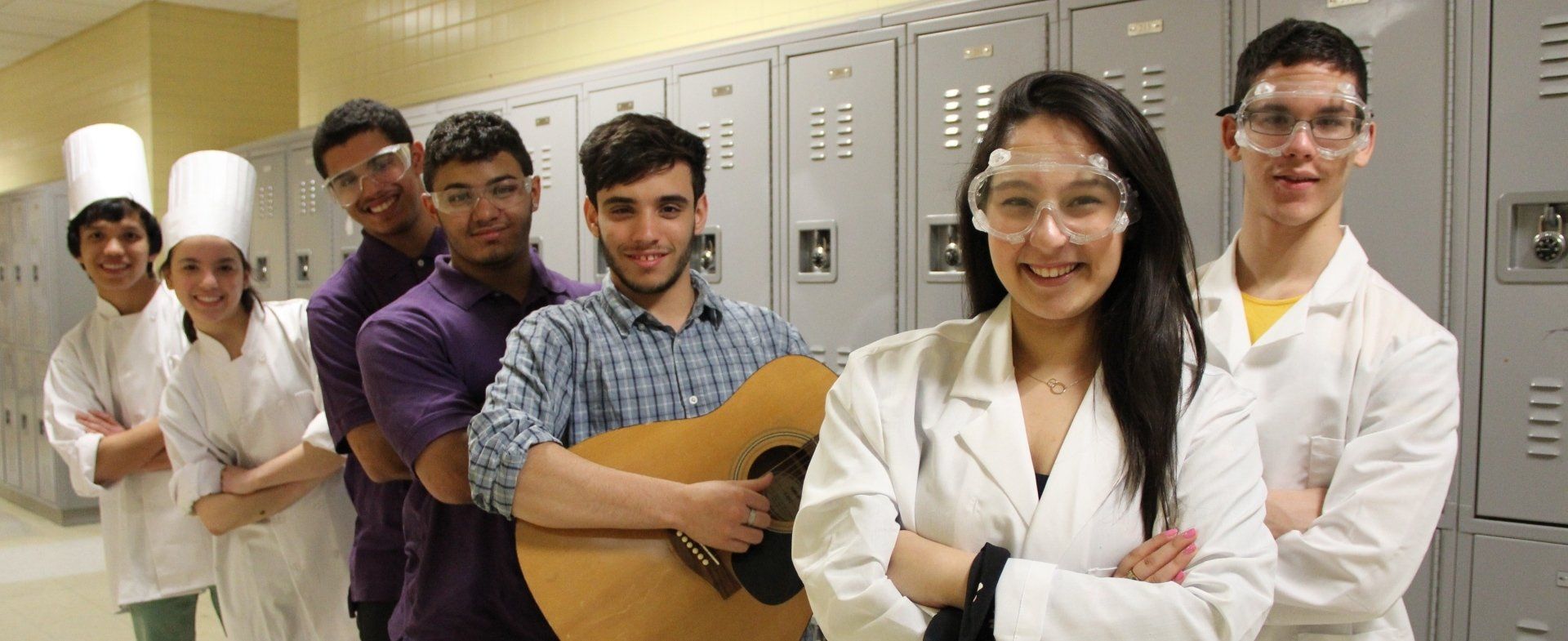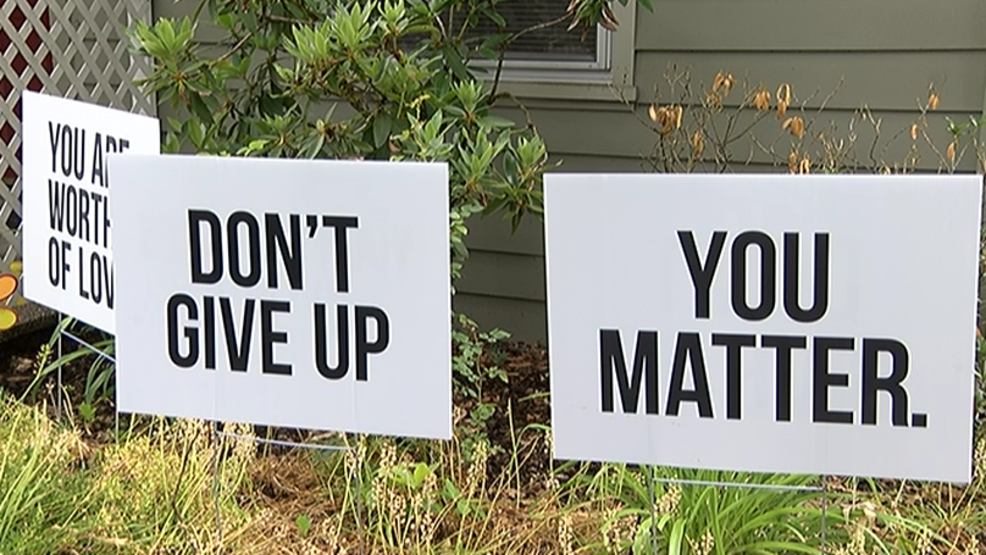Why Career Technical Education?
October 30, 2019
CTE Works

CTE Works for High School Students
- High school students involved in CTE are more engaged, perform better and graduate at higher rates.
- Taking one CTE class for every two academic classes minimizes the risk of students dropping out of high school.
- The average high school graduation rate for students concentrating in CTE programs is 93 percent, compared to an average national freshman graduation rate of 80 percent.
- 91 percent of high school graduates who earned 2-3 CTE credits enrolled in college.
- CTE prepares students and adults for in-demand careers.
- Students can attend a public community and technical college for a fraction of the cost of tuition at other institutions.
- CTE addresses the needs of high-growth industries and helps close the skills gap.
- Half of all STEM jobs call for workers with less than a bachelor's degree.
- Health care occupations are projected to grow 18 percent by 2026, adding more than 2 million new jobs.
- 3 million workers will be needed for the nation’s infrastructure in the next decade, including designing, building and operating transportation, housing, utilities and telecommunications.
- Almost half of the energy workforce may need to be replaced by 2024, and demand for solar and wind energy technicians will double.
- More than 80 percent of manufacturers report that talent shortages will impact their ability to meet customer demand.

Suicide is a topic that many people are afraid to discuss. The Health Science II class recently learned facts and myths about suicide and the characteristics of those at higher risk, suicide warning signs, and what to do if they suspect someone is suicidal. The key concepts discussed include the following: Suicide is a permanent solution to a temporary problem Suicide is the only "irreversible" choice you will ever make Suicide is the result of being unable to see other solutions Suicidal people do not want to die, they want their problems to end Suicide is preventable. What to do if you suspect someone is suicidal: Listen to their feelings Be direct and ask, "Are you considering suicide," "Do you have a plan," and "Will you get help" Get help from the following sources: family doctor, counselor, clergy, teacher, adviser, hospital, or psychiatrist. Take the person yourself if necessary Call the National Suicide Hotline at 1-800-273-8255 Call 911 if danger is immediate NEVER SWEAR TO SECRECY; YOUR FRIEND MAY GET MAD, BUT THEY WILL BE ALIVE.

The Leake County Career & Technical Center's instructors teach "hard skills" that are specific to the program through lecture and hands on lab activities. These skills are career specific, observable, and measurable. They are skills required to enter the workforce in specific career pathways. Unfortunately, a large percentage of high school graduates preparing to enter the workforce are significantly lacking in "soft" or applied skills, such as teamwork, decision-making, and communication, that will help them become more effective employees. A survey by the National Association of Colleges and Employers indicates that employers look for communication ability, strong work ethic, initiative, interpersonal skills, and teamwork in their employees. These skills are critical to a strong and vibrant workforce. Career technical education students at Leake County Career & Technical Center participate in Skills to Pay the Bills, a soft-skills curriculum developed by the Department of Labor's Office of Disability Employment Policy and presented through the counseling department. Students master soft skills for workplace success including: communication, enthusiasm and attitude, teamwork, networking, problem solving and critical thinking, professionalism, and social networking. Presented through lecture, PowerPoint presentation, videos, and hands on activities, this program builds an environment that encourages students to practice the basics of 'soft skills' and become better prepared for employment success.
